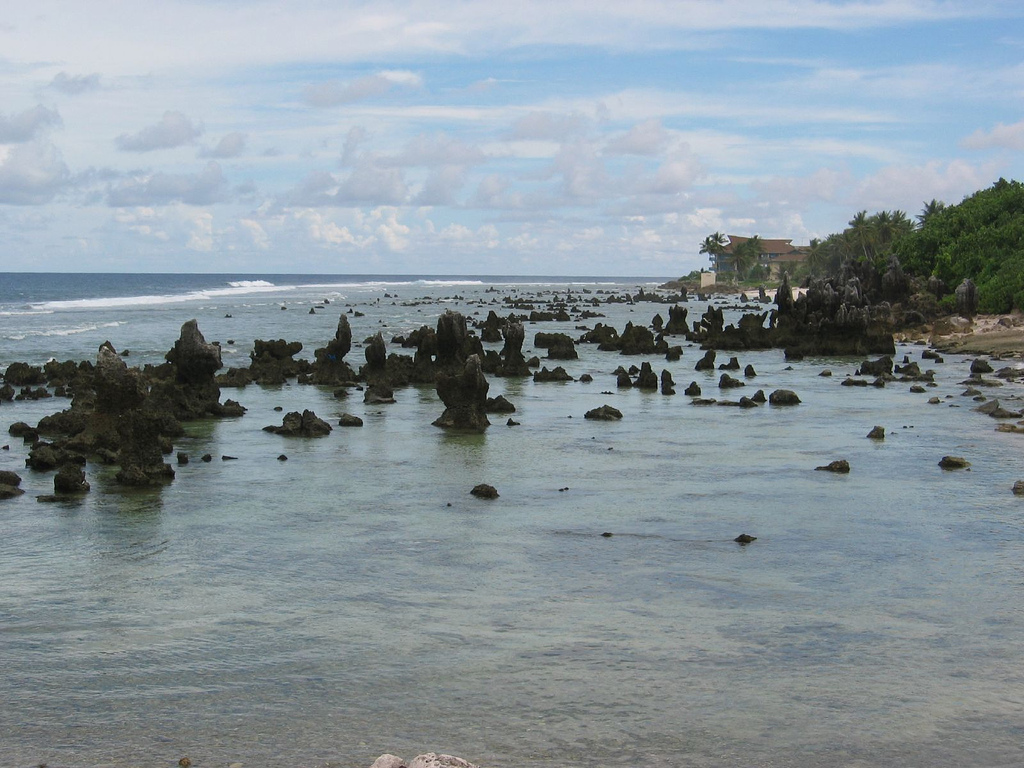Most countries proudly point to their capital city as a central pillar of their identity; some, like South Africa, even have more than one. Yet, there’s a unique exception in the world, a country that doesn’t have one : Nauru.
Where is Nauru and What’s it Like?
Nauru is a tiny island nation in the Pacific Ocean, somewhat isolated between Papua New Guinea and Hawaii. It’s one of the world’s smallest countries, spanning just 21 square kilometres and home to a population of roughly 11,000.
Originally inhabited by Micronesian and Melanesian peoples, Europeans discovered the island around 1798. Nauru’s history saw it as a German colony (1888-1914), then an Australian possession, occupied by the Japanese (1942-1945), and again administered by Australia on behalf of the British Empire, before finally gaining independence in 1968. Despite its independence, Australia has continued to use the island as a detention centre for unwanted migrants for several years.
Little-known to most, Nauru is primarily a vast central plateau, reaching 70 metres in elevation. This plateau was once rich in phosphate, which brought significant wealth to the island. However, disastrous mismanagement of these revenues and widespread corruption have led Nauru to become one of the poorest countries in the world today. Surrounding this plateau is a narrow coastal strip, only a few hundred metres wide, where the population resides and limited agricultural production occurs.
Why Doesn’t Nauru Have a Capital?
Nauru lacks an official capital primarily due to its small size and the absence of distinct cities. The island is divided into 14 administrative districts, which doesn’t lend itself to designating a single capital.
Furthermore, the population is evenly distributed along the coastal strip, with no genuine urban centre that could serve as a capital. Essentially, it feels like driving along a single road, lined with somewhat dilapidated or even ruined buildings, all part of one continuous urban area.
So, while there’s no official capital, the district of Yaren hosts the government offices and Parliament. This means it effectively functions as the capital, even if it’s not formally recognised as one.
What Is There to Do and See in Nauru?
Honestly, not much. The island is very isolated, difficult to get to (by plane via Brisbane, Australia), and expensive for visitors. On top of that, the cost of living is quite high due to a lack of infrastructure and local production, making it far from a tourist destination. Moreover, its landscapes are quite barren and desolate because of centuries of phosphate mining.
In short, there’s little to entice visitors, other than the unique opportunity to witness firsthand how a country that was once among the richest in the world has, in just a few years, become one of the poorest.

